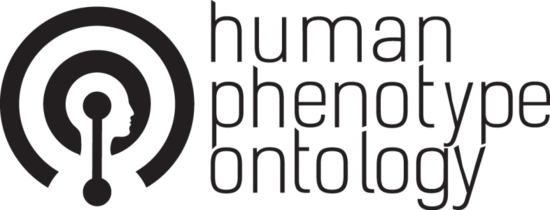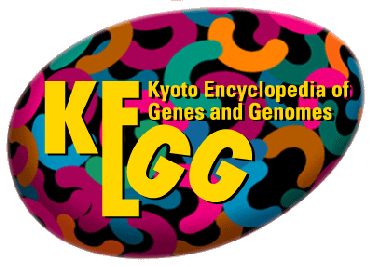Liver allografts in pigs and rodents are uniquely capable of inducing tolerance to themselves and to other grafts of donor tissues, instead of succumbing to the acute rejection that follows transplantation of other allogeneic tissues. We demonstrate here, using normal and chimaeric rat liver grafts, that both the allogeneic liver parenchyma and the intrahepatic leukocytes of donor type contribute to the establishment of long-term tolerance, each component being essential and complementary. The essential role of hepatic parenchyma may be related to its continuous release of soluble transplantation antigens that facilitate tolerogenesis. We suggest that clinical attempts at tolerance induction by the infusion of donor bone marrow-derived leukocytes may likewise be facilitated by the coadministration of soluble transplantation antigens of donor type.
01/05/1995
7585089
Nature medicine (
IF: 36.13 /
Quartile: 1)
WOS Cites: 118
SemanticScholar Cites: 140
SemanticScholar Citation Velocity: 0
SemanticScholar Influential Citation Count: 1






